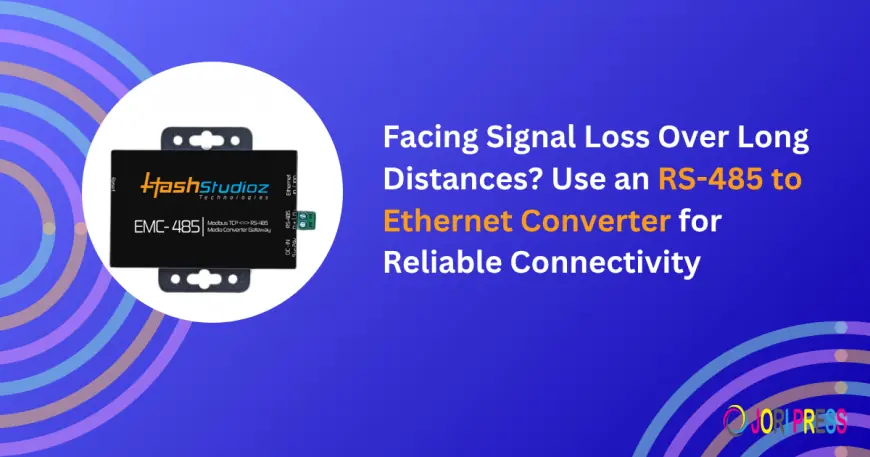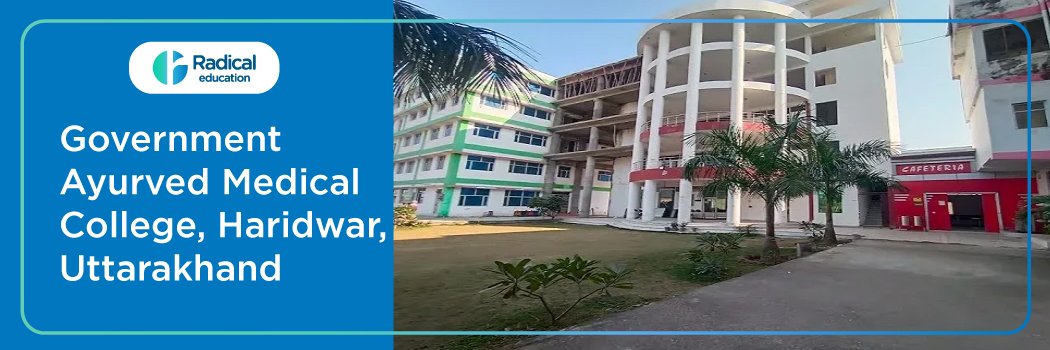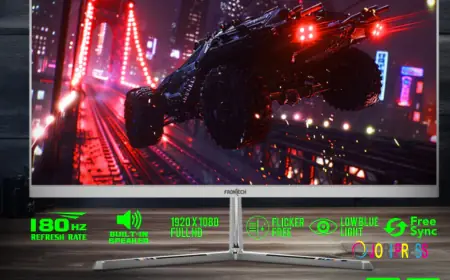Facing Signal Loss Over Long Distances? Use an RS-485 to Ethernet Converter for Reliable Connectivity
Ensure stable data transmission with an RS-485 to Ethernet Converter. Eliminate signal loss over long distances for seamless, reliable connectivity.

Industrial communication systems rely heavily on accurate data exchange between machines, sensors, and control units. Every signal transmitted plays a vital role in maintaining automation, safety, and efficiency.
However, one of the most common and often underestimated problems in industrial communication is signal loss over long distances.
Imagine a factory where your RS-485-based sensors are located hundreds of meters away from the control room. As the cable length increases, the voltage level of transmitted signals drops, data gets corrupted, and devices start misbehaving — leading to errors, downtime, and even equipment failure.
The solution? RS-485 to Ethernet Converters.
These compact yet powerful devices act as a communication bridge, allowing your RS-485 devices to connect through Ethernet networks, effectively overcoming distance and noise limitations.
Let’s break down how these converters work, the problems they solve, and why they are a must-have for modern industrial systems.
Understanding the Root Cause: Why Signal Loss Happens
Before solving the problem, we must understand why RS-485 signals weaken over distance and what environmental factors contribute to it.
1. Distance Limitations of RS-485
RS-485 is an excellent choice for serial communication because it supports multiple devices on a single line and is relatively immune to electrical noise.
However, it comes with a physical limitation — the maximum cable length for reliable data transmission is around 1200 meters (4000 feet) at low data rates (usually 100 kbps or lower).
As the baud rate increases, the maximum distance decreases. For example:
-
100 kbps → ~1200 meters
-
1 Mbps → ~100 meters
This trade-off between speed and distance makes long-distance setups challenging.
2. Electromagnetic Interference (EMI)
In industrial settings, motors, welding machines, and heavy electrical equipment generate strong electromagnetic fields.
These EM fields induce unwanted currents in data cables, causing signal distortion or noise, which results in data loss and retransmission errors.
Even twisted-pair shielding cannot fully eliminate this effect when cable lengths extend beyond recommended limits.
3. Multiple Node Connections
One of RS-485’s advantages is the ability to connect up to 32 devices on a single network line (known as a multi-drop configuration).
However, as more devices join the line:
-
Signal reflections occur due to impedance mismatches.
-
Data collisions increase.
-
Communication stability decreases.
When the network becomes large and complex, maintaining consistent signal strength becomes difficult.
4. Poor Wiring and Physical Layout
Faulty wiring practices — like using unshielded cables, poor grounding, or connecting cables in star topology (instead of daisy-chain) — introduce impedance mismatch and signal reflections.
This adds another layer of unreliability, especially across long cable runs.
The Smart Fix: Introducing RS-485 to Ethernet Converters
An RS-485 to Ethernet Converter (sometimes called a Serial Device Server) is a gateway device that translates serial data from RS-485 devices into Ethernet (TCP/IP) packets.
This enables long-distance communication without the limitations of traditional serial connections.
How It Works (Step-by-Step):
-
RS-485 Input Connection: The converter connects directly to your RS-485 network — such as PLCs, motor controllers, or temperature sensors.
-
Signal Conversion: It takes the RS-485 electrical signals and converts them into Ethernet format compatible with TCP/IP protocols.
-
Network Transmission: Once converted, data travels through Ethernet infrastructure — switches, routers, or even the internet — over virtually unlimited distances.
-
Data Reception: On the receiving end, the Ethernet data can either be re-converted into RS-485 format or directly processed by modern systems such as SCADA, IoT platforms, or cloud servers.
Through this mechanism, you can maintain real-time communication between devices located miles apart, all while eliminating signal loss and interference.
Key Benefits of Using RS-485 to Ethernet Converters
Now that we understand how the converter functions, let’s look at why it’s so impactful in industrial environments.
1. Overcome Distance Barriers
RS-485 communication is limited to around 1200 meters, but Ethernet communication can extend much farther using:
-
Switches and routers to repeat the signal.
-
Fiber optic cables for long-haul transmission spanning kilometers.
-
Wireless bridges for remote or hard-to-reach sites.
With an RS-485 to Ethernet Converter, you can extend your communication range to any location covered by your network — whether that’s a nearby building or a control room several kilometers away.
2. Enhanced Signal Integrity and Noise Immunity
Ethernet communication is based on digital packet transmission — meaning data is sent in packets that include error-checking information.
Even if minor interference occurs, the system can detect and correct errors automatically.
Compared to analog-style RS-485 signals, this ensures:
-
Stable, loss-free communication
-
Error detection and retransmission
-
Reduced data corruption even in high-EMI environments
In short, your data remains clean and reliable — a critical factor for systems like energy meters, industrial robots, and process controllers.
3. Centralized Monitoring and Remote Control
Converting RS-485 to Ethernet opens the door to remote access.
You can monitor all connected devices from a central dashboard — even if they’re spread across different buildings or geographical areas.
For instance:
-
A water utility company can monitor pumping stations remotely.
-
A manufacturing plant can control multiple PLCs from one control room.
-
Maintenance engineers can troubleshoot equipment remotely, saving travel time.
This centralized visibility enhances operational efficiency and simplifies maintenance workflows.
4. Seamless Integration with Modern IT Systems
Many industrial devices still use RS-485 interfaces, while modern systems — such as IoT platforms, SCADA, and cloud-based dashboards — rely on Ethernet or Wi-Fi communication.
The RS-485 to Ethernet Converter acts as the bridge between these two worlds:
-
Legacy RS-485 devices remain operational.
-
Modern software platforms gain access to valuable real-time data.
-
No need for expensive hardware upgrades.
It’s the perfect cost-effective modernization path for industrial plants transitioning to Industry 4.0.
5. Scalability for Expanding Networks
Adding new RS-485 devices to an existing serial network often requires re-cabling and reconfiguring communication parameters.
With Ethernet integration, network expansion becomes plug-and-play:
-
Simply connect new converters or Ethernet switches.
-
Assign IP addresses.
-
The network automatically recognizes the new nodes.
This makes the system future-ready and easily scalable — ideal for growing industries or distributed networks.
Real-World Applications Where RS-485 to Ethernet Converters Excel
Let’s explore how different sectors use these converters to eliminate distance and reliability challenges.
1. Factory Automation
In large manufacturing plants, machinery, sensors, and robots are often placed far apart.
By using RS-485 to Ethernet converters:
-
Data from all machines can be collected in a central SCADA system.
-
Supervisors can analyze performance in real time.
-
Signal degradation over long cable runs is completely eliminated.
2. Smart Energy Management
Most energy meters and power distribution units use RS-485 (Modbus RTU) interfaces.
Ethernet converters allow:
-
Integration with Modbus TCP-based dashboards.
-
Real-time monitoring of power usage across multiple buildings.
-
Remote configuration and diagnostics.
This setup ensures accurate energy analytics for smart grid and industrial energy management systems.
3. Building Automation Systems
In large buildings or campuses, RS-485 networks manage HVAC, lighting, and access control systems.
Using Ethernet converters:
-
All devices can be connected to a single BMS (Building Management System).
-
Facility managers can monitor and adjust settings remotely.
-
System reliability improves, even over long wiring distances.
4. Water and Waste Management
Water treatment facilities and pumping stations are often kilometers apart.
By deploying RS-485 to Ethernet converters:
-
Data from remote flow meters and valves is transmitted reliably.
-
Centralized systems can control water distribution and pressure.
-
Maintenance teams can receive real-time alerts on anomalies.
5. Transportation and Infrastructure
Traffic signal controllers, toll booths, and railway monitoring systems use RS-485 sensors.
Ethernet converters ensure:
-
High-speed data transmission over large networks.
-
Synchronization between remote junctions.
-
Reduced downtime through reliable communication channels.
Technical Comparison: RS-485 vs. Ethernet Communication
|
Feature |
RS-485 |
Ethernet (via Converter) |
|
Max Distance |
Up to 1200 meters |
Virtually unlimited (via switches/routers) |
|
Communication Type |
Half-duplex |
Full-duplex |
|
Noise Immunity |
Moderate |
High |
|
Max Devices Supported |
32 per line |
255+ per subnet |
|
Data Transfer Speed |
Up to 10 Mbps (typical <1 Mbps) |
10/100/1000 Mbps |
|
Remote Access Capability |
Limited |
Supported via TCP/IP |
|
Integration with Cloud/IoT |
Difficult |
Seamless |
This comparison clearly highlights how RS-485 to Ethernet conversion enhances connectivity, performance, and scalability.
Best Practices for Implementing RS-485 to Ethernet Converters
To get the best performance, keep these expert recommendations in mind:
-
Use Shielded Twisted Pair (STP) Cables – Protects against electromagnetic interference.
-
Ensure Proper Grounding – Prevents voltage loops and signal reflections.
-
Match Baud Rates and Protocols – All RS-485 devices should communicate at the same data rate.
-
Use Industrial-Grade Converters – Choose converters with wide temperature support and surge protection.
-
Optimize Network Layout – Use Ethernet switches and routers strategically to reduce latency.
-
Regular Firmware Updates – Keep converters updated for better security and performance.
Why Choose HashStudioz RS-485 to Ethernet Converter
HashStudioz offers high-performance, industrial-grade converters designed for long-distance, interference-free communication.
They ensure reliable data exchange even in the harshest industrial environments.
Core Features:
-
Supports RS-232/422/485 to Ethernet (TCP/IP)
-
Automatic baud rate detection for hassle-free setup
-
DIN-rail mounting for easy installation
-
Galvanic isolation for surge and noise protection
-
Real-time diagnostics for instant troubleshooting
-
Wide operating temperature range for outdoor or factory use
Why Industries Trust HashStudioz:
-
Proven expertise in IoT and Industrial Connectivity Solutions
-
Customizable configurations for specific industrial needs
-
Dedicated technical support for integration and deployment
-
Future-ready designs aligned with Industry 4.0 standards
HashStudioz converters help businesses achieve seamless communication, long-distance reliability, and future scalability — all while protecting existing RS-485 infrastructure.
Conclusion: Reliable Communication Beyond Boundaries
Signal loss doesn’t have to limit your industrial network anymore.
By integrating RS-485 to Ethernet Converters, you can maintain robust, reliable, and long-distance communication between your devices — no matter how far they are.
Whether it’s a small-scale automation setup or a multi-site industrial network, these converters empower your systems to deliver consistent data accuracy, remote monitoring, and next-level performance.
With HashStudioz’s solutions, your connectivity challenges are a thing of the past — and your network becomes smarter, stronger, and more resilient.
FAQs
1. What is the maximum range of RS-485 communication?
RS-485 can typically transmit data up to 1200 meters at 100 kbps. Beyond that, you’ll experience signal degradation and potential data errors.
2. How does an RS-485 to Ethernet converter extend communication distance?
It converts RS-485 signals into Ethernet packets that can travel across LAN, WAN, or internet networks — effectively removing distance limitations.
3. Can multiple RS-485 devices connect to a single Ethernet converter?
Yes, depending on the model. Many converters support multi-drop configurations that allow several devices to communicate over one Ethernet line.
4. Are RS-485 to Ethernet converters suitable for outdoor or industrial use?
Industrial-grade converters from HashStudioz are built with metal housings, wide temperature support, and EMI protection, ideal for demanding environments.
5. Do RS-485 to Ethernet converters support Modbus protocols?
Absolutely. They are compatible with Modbus RTU to Modbus TCP communication, making them perfect for SCADA and industrial IoT applications.
What's Your Reaction?
 Like
0
Like
0
 Dislike
0
Dislike
0
 Love
0
Love
0
 Funny
0
Funny
0
 Angry
0
Angry
0
 Sad
0
Sad
0
 Wow
0
Wow
0







![Introduction ?98~[(2121)]?~[{0875}] to the stock market course](https://joripress.com/uploads/images/202509/image_430x256_68bfbfdebfba4.webp)






































